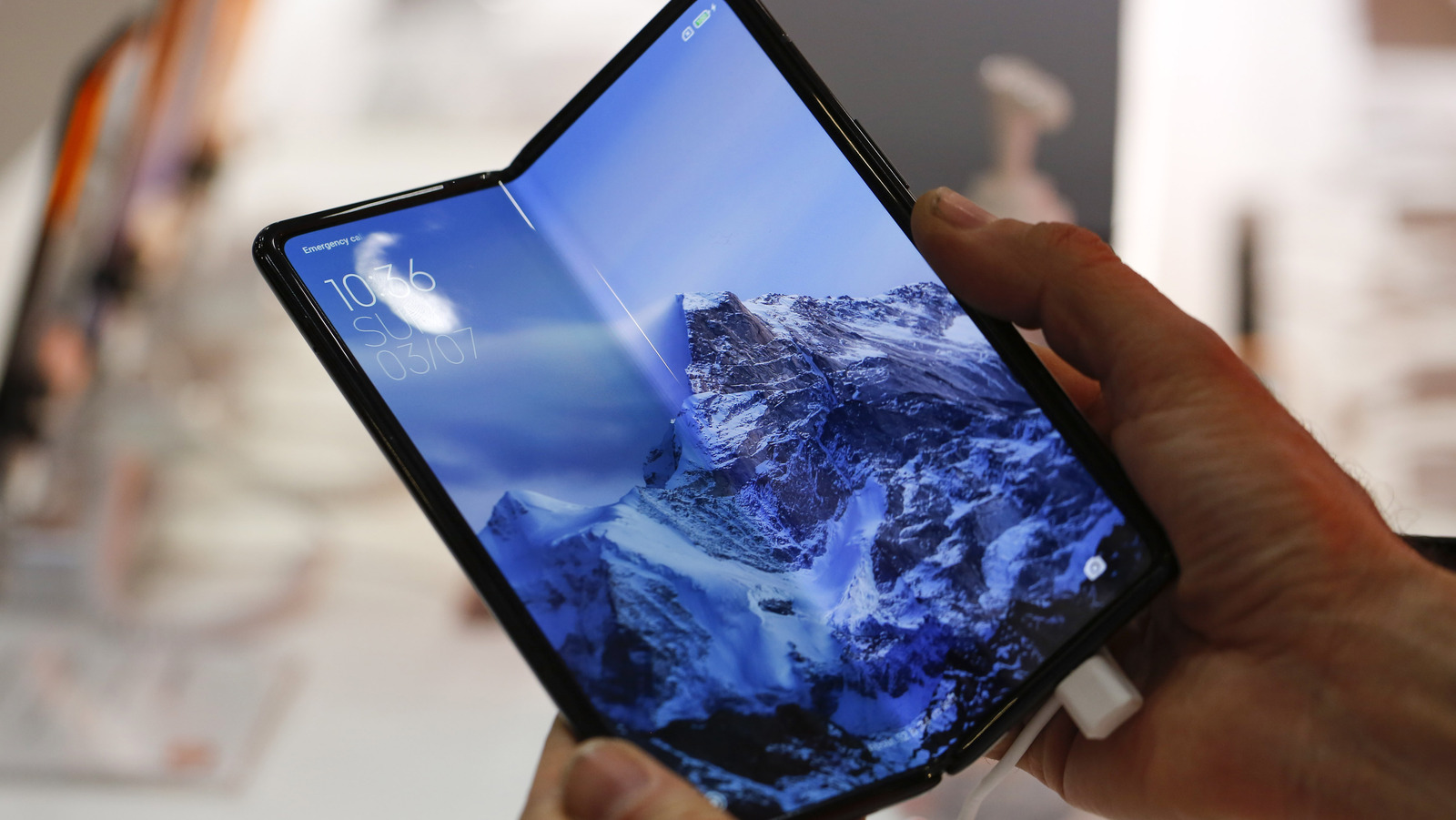Myths You Should Never Believe About Foldable Phones – SlashGear

Most foldable phones today feature two sets of cameras: one atop the big screen (a typical front camera), and the usual rear camera setup. As is the case with conventional smartphones, the rear cameras have better specifications and thus take better pictures than the front cameras. The Xiaomi Mi Mix Fold 2, as an example, houses a triple camera setup on its rear: a 50 MP main wide camera, an 8 MP telephoto lens with optical zoom, and a 13 MP ultrawide camera with a 123-degree field of view.
It is evident that with such high-level camera specifications, the best place to view pictures and videos would be on a large, high-resolution screen. This is exactly what foldable phones provide. The Xiaomi Mi Mix Fold 2, with a screen resolution of 1914 by 2160 pixels, easily provides a better camera experience than smaller smartphones. The same is true of the Samsung Galaxy Z Fold 4, which features a 50 MP main camera, a 12 MP ultrawide sensor with a 123-degree field of view, a 10MP 3x optical zoom telephoto lens, and 1860 by 2480 pixel resolution on the big screen to match.
It would seem that foldables are yet to get it right with front cameras. Despite increasing the front camera’s pixel count, the images and videos still do not come out as high in quality as those from the rear camera setup. But as with many other parts of the foldable phone’s build, this area will see major improvements going forward.
For all the latest Games News Click Here
For the latest news and updates, follow us on Google News.
